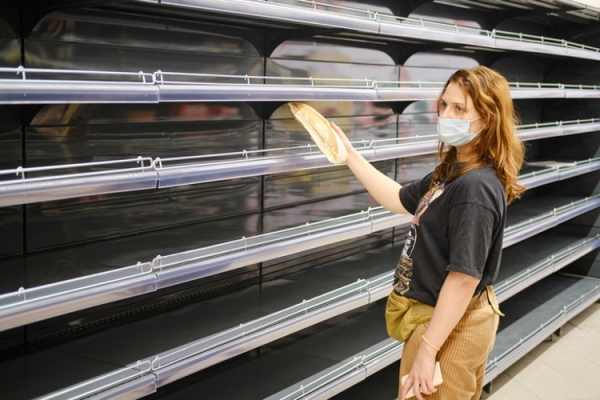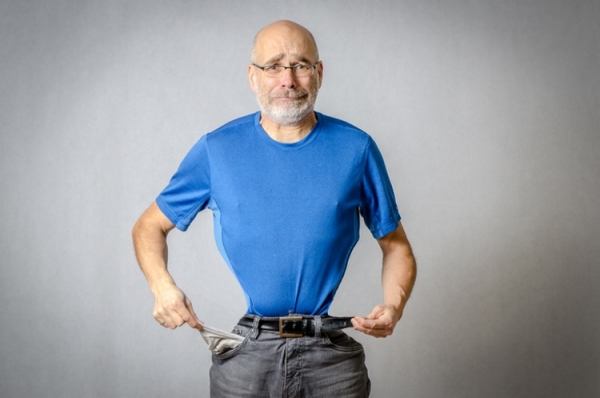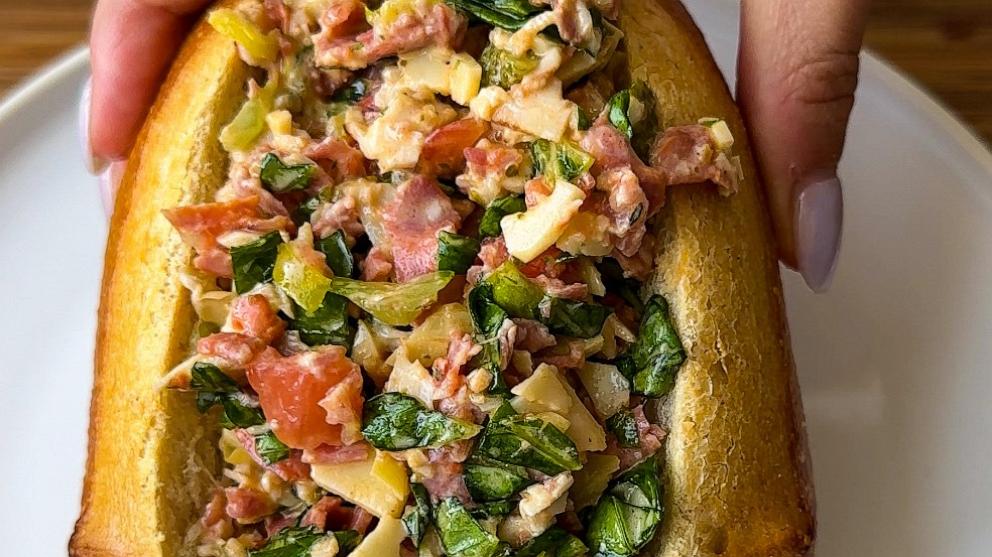Battle Creek-based consultancy JPG Resources has its fingers on the pulse of the industry, from innovation to supply chain, consumer trends, investing and venture capital. Working with a wide variety of brands and industry leaders, the team is uniquely positioned to offer a different perspective from different sides of the biz.
BakeryandSnacks caught up with managing director Glenn Pappalardo to get a deeper insight into what the future holds.
What is a successful product?
A successful product is something that addresses a true consumer need in an effective manner – and effective is the critical term here … starting with flavour and the consumption experience: that’s number one. If it’s not enjoyable to consume, people will not continue to buy it.
Beyond that, there’s nutrition. Firstly, does it satiate me? But then, does it make me feel better? And is it better for me in the long run?
And then there’s aspects of portability and convenience. How hard is it to actually consume?
Then as we radiate out even further, there’s the notion of sustainability … so, is it good for the world around me? That could be the packaging, recyaclability, the ingredients, how humans are treated along the way (Fair Trade) and the perception of the company that made the product.
When you can tick off all those boxes – and not everybody does – that is ‘kind of’ the ultimate measure of success (there’s plenty of products that don’t hit all those boxes that have been successful). As long as you start with flavour – and at least one of the others – you’ve got a fighting chance.
Does industry have a speed problem in getting product to market?
It depends on who’s making the product and what the measure of success is.
Getting a terrible product out to market quickly is never a good outcome. I’ve also had that debate many times over my career that speed for speed’s sake is not the goal.
That said, there’s a lot to be learned from accepting the notion that things are usually imperfect.
Larger companies are getting better around the idea that you can’t fully de-risk or perfect a product in isolation or in theory or on paper or in a focus group. You need to allow it to get out into the marketplace and give people a chance to interact with it in ways that are as close to normal behaviour as possible.
Have we gotten over the challenges thrown up by COVID?
No, in part because of the challenges created by COVID and in some cases, those that were already there and exacerbated.
The infrastructure of the industry, for example, was already stressed prior to COVID, particularly logistics and trucking.
There are still ingredient and packaging material disruptions all over the place. Think about growth cycles for certain commodities or building new capacity to process and create packaging materials: those are not overnight processes nor overnight decisions. They are multi-million, and in some cases billion dollar decisions that have to be made, so everyone’s trying to read the tea leaves and figure it out. This is complicating many other things … what should my messaging be? What about my packaging formats?
I think we’re still trying to collectively figure it all out and are probably a few years away from really knowing.
In general, a lot of those decisions have been made, so there’s hope on the horizon. But in the meantime, we’ve still got a little bit more pain to get through … things like the war in Ukraine, the uncertain scenario around labour and so forth.
On the other hand, the pandemic did a nice job of letting us forget all the normal things that typically disrupt our lives … right now in Michigan where I live, everyone’s getting flu, which is normal, but we kind of forgot that that still happens.
Similarly, unions still go on strike and there are labour issues that are beyond just shortages of bodies.
How is industry coping with the barrage of new challenges?
Looking back over the past decade, there was very little change in price levels for all of the major inputs to products for the most part and availability was rarely an issue. So everyone got to optimise and sign up the absolute best supplier with the absolute best price.
That has not been the situation for the past two years and we are spending most of our time helping clients to stay nimble, flexible, have contingencies, but in ways that don’t absolutely destroy profitability. We’re trying to dance on the head of a pin a little bit with everybody pondering how to make enough at the levels of quality that customers and consumers expect, but in ways that will not bankrupt me.
We’ve noticed the whole mindset has shifted to still trying to be innovative and reliable in an era of constant uncertainty.
We’re going to see some stronger companies over the next decade because of what’s happened over the past two to three years … you’re pretty battle tested at this point, but that’s business as usual.
Pappalardo also delves into the plant-based movement, and why health is still a big trend. We also explore the hottest ingredient tickets in 2023, and why food waste is one of the most solvable challenges of the 21st Century, yet so many around the globe still suffer from hunger and malnutrition.
We talk sustainability, supply chain, shortages, M&A movement forecast for the new year – “I think we will see a little bit more divestiture next year” – and snacks.

What’s the next big snack to hit the shelves?
The technology is out there now to take whole ingredients – like mushrooms or fruits – and turning them into an entirely unique and different salty or sweet snack than what we’ve been used to.
There’s the potential there to redefine the notion of hand to mouth: snacking on things that are ultimately incredibly simple but also incredibly clean.
Some of the greatest food experiences I’ve ever had are often some of the simplest … so, the ability to bring a little bit of that back into the world of snacking. It’s the ultimate transparency: a strawberry as you never known it.













